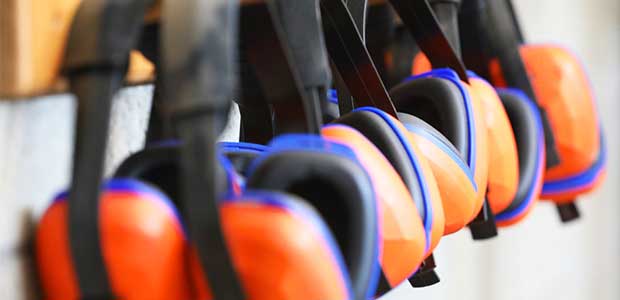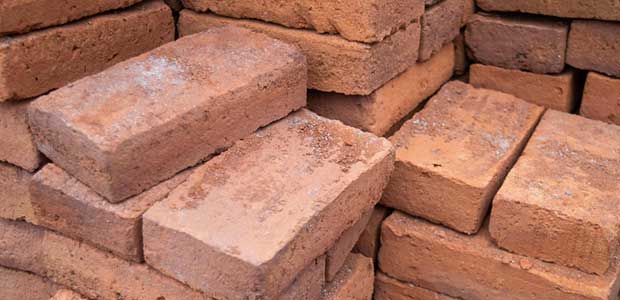
Episode 131
Change is scary, it invites in the unknown leading to uncertainty, anxiety and stress. Despite how it makes you feel, however, change is bound to happen.

SPONSORED
Whether you have employees returning to in-person work or students going back to in-person learning, monitoring and maintaining indoor air quality (IAQ) is critical. More people are paying attention to air quality in the spaces we use for work, school, entertainment and travel, and building owners are looking for ways to create cleaner air to instill occupant confidence.

The agency said that required safety measures could have prevented a fatal fall at a zip-line attraction in California.

OSHA investigated the company following a crushed hand incident in Camden, New Jersey.

An investigation found that the employer could have prevented the conditions that led to electrocution.

OSHA announced the availability of $3.2 million for Susan Harwood Workplace Safety and Health Training on Infectious Diseases, Including COVID-19 grants.

OSHA has signed a strategic partnership with an Alabama construction company to prevent worker injuries and exposure to hazards.

The agency will increase the amount of inspections at hospitals and nursing home facilities that treat Covid-19 patients in an effort to curb the spread of the virus among employees in healthcare.

Poor safety performance can result in substantial loss and unanticipated and detrimental risk, both acute and chronic, to project stakeholders.

An OSHA initiative seeks to protect Midwest workers from hazardous noise and permanent hearing loss.

Workers can be caught in a trench collapse in mere seconds, a hazard that can cause injury and even death.

Episode 130
It's National Ladder Safety Month! Listen in as Editor Sydny Shepard discusses how to properly and safely choose, set up and ascend a ladder.

A federal inspection found a West Virginia brick manufacturer exposed workers to respirable crystalline silica hazards.
Barrier glove technology – whether thick polymer “canner” types or thin disposables – has changed dramatically over the last 10 years, along with the increase in use. Gone are the days when rough hands or stained fingers defined what we did for a living.

A recent survey of safety professionals asks the question, “Does chemical management have to be hard?”